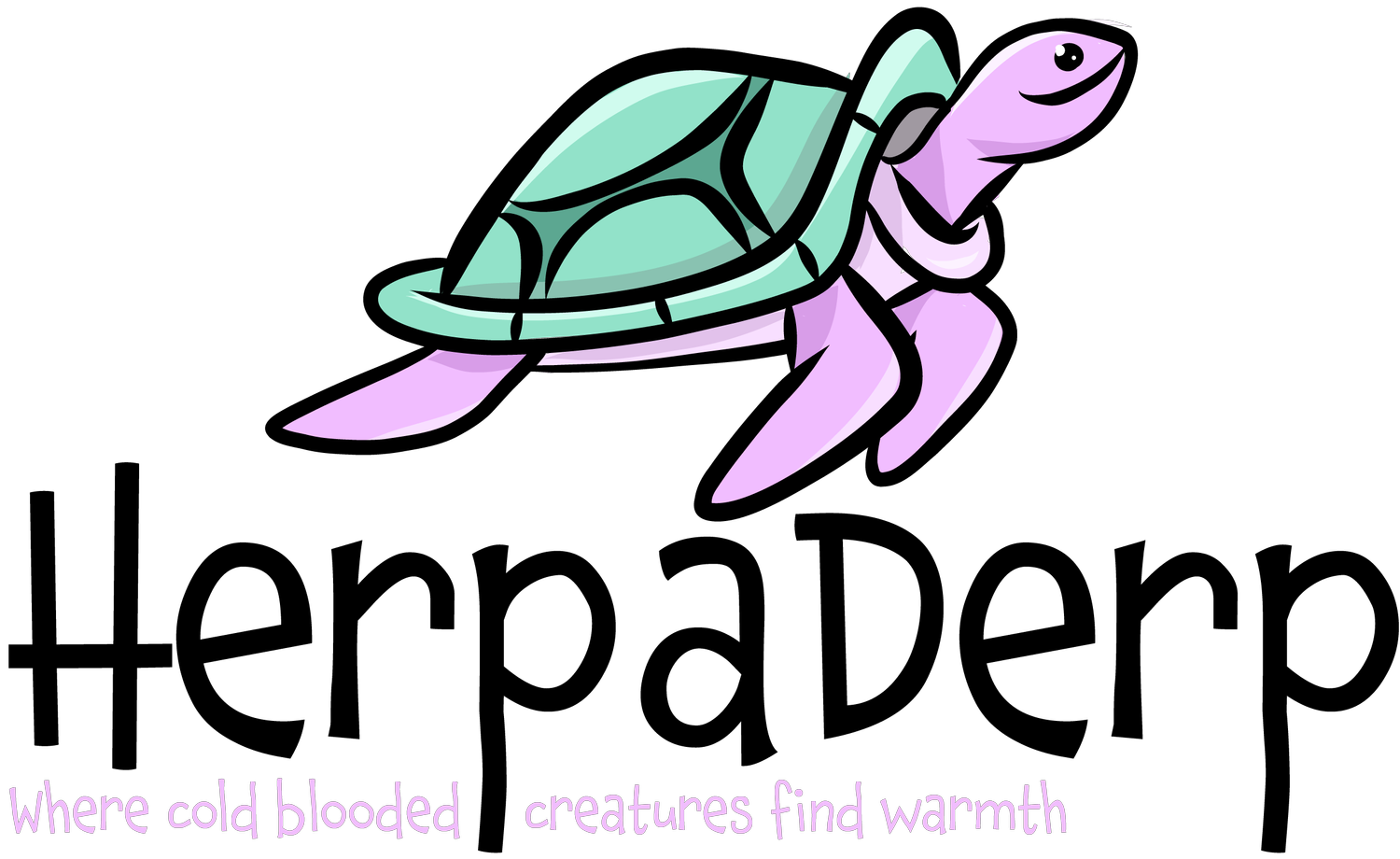Crested geckos, also known as eyelash geckos, are a popular pet lizard due to their unique appearance, ease of care, and friendly temperament. Native to New Caledonia, they have a distinctive fringed crest above their eyes and are usually grayish-brown with light-colored stripes or spots.
Average lifespan: 15-20 years
Feeding requirement/diet: Crested Geckos are omnivores and can be fed a diet of commercial powdered food mixes such as Pangea or Repashy, supplemented with insects such as crickets and mealworms. Fresh fruits and vegetables can also be offered occasionally.
Humidity requirements: Crested geckos require a high level of humidity, around 60-80%. A misting system or hand misting with a spray bottle is necessary to maintain humidity levels in their enclosure.
Lighting/UV requirements: Crested Geckos do not require UV lighting, but they do need a day/night cycle. They are primarily nocturnal and do not require a basking light.
Minimum enclosure size: A 20-gallon tall enclosure is recommended for one crested gecko, with an additional 10 gallons per additional gecko.
Water requirements: Fresh water should be provided in a shallow dish at all times.
Type of habitat, description of natural habitat: Crested geckos are native to the tropical forests of New Caledonia and require a similar environment in captivity. They thrive in a vivarium with live plants and climbing structures.
Description of morphs: There are many different morphs of crested geckos, including different color variations and patterns. Some popular morphs include harlequin, flame, and dalmatian.
Sociability with others: Crested geckos are generally friendly and can be kept together in opposite-sex pairs or small groups of a single male. Male Crested Geckos are solitary and cannot be housed with other males to prevent aggression. They are generally docile and can be easily handled, but care should be taken to avoid injuring their delicate skin or dropping of their tails.
Fun fact: Crested geckos are capable of detaching their tails as a defense mechanism, a trait known as caudal autotomy. The detached tail can continue to wiggle and distract predators while the gecko escapes. The tail will eventually regenerate, but the new tail will not have the same fringed crest as the original.
